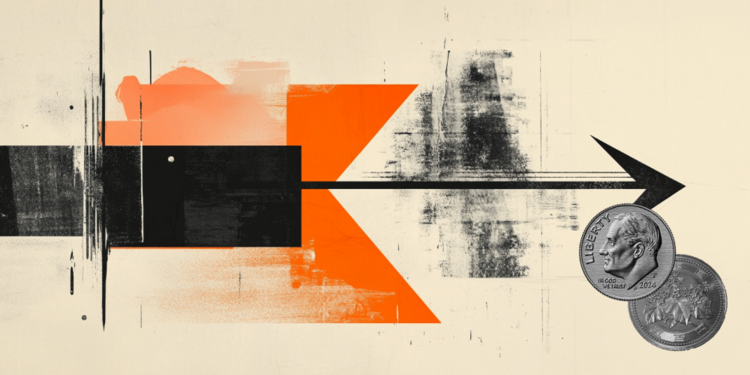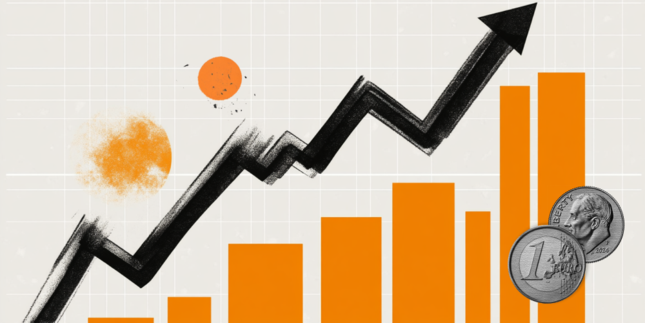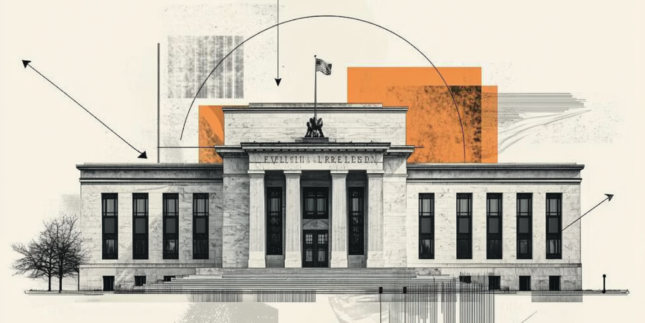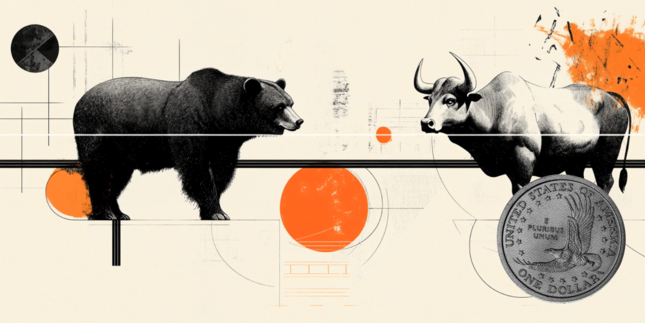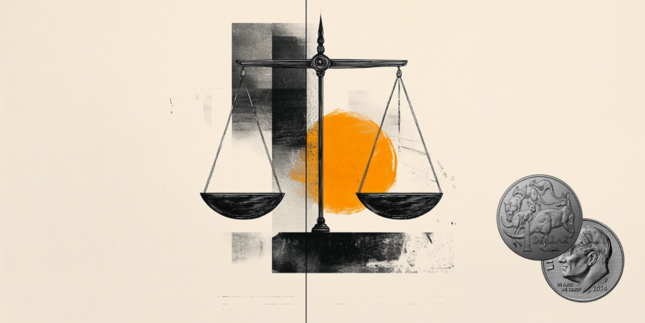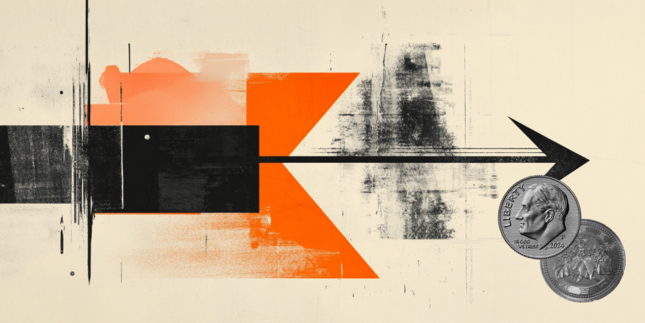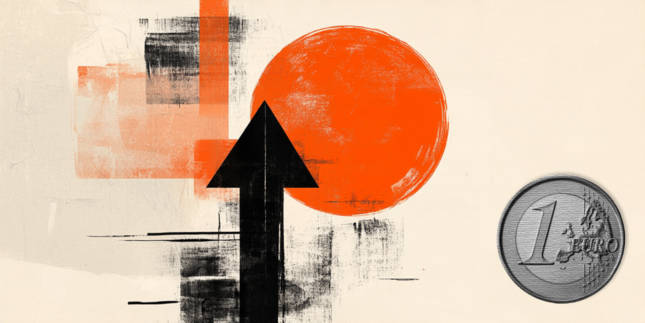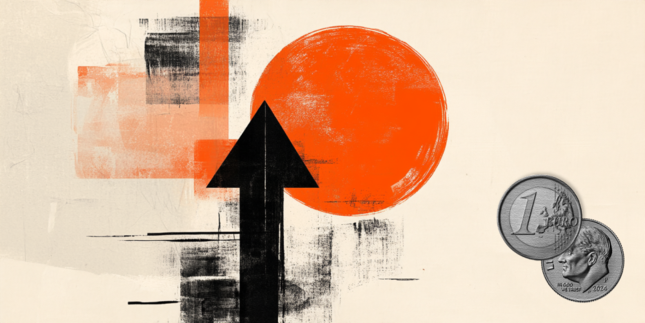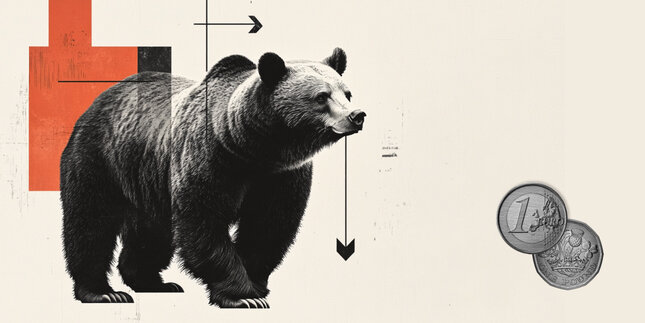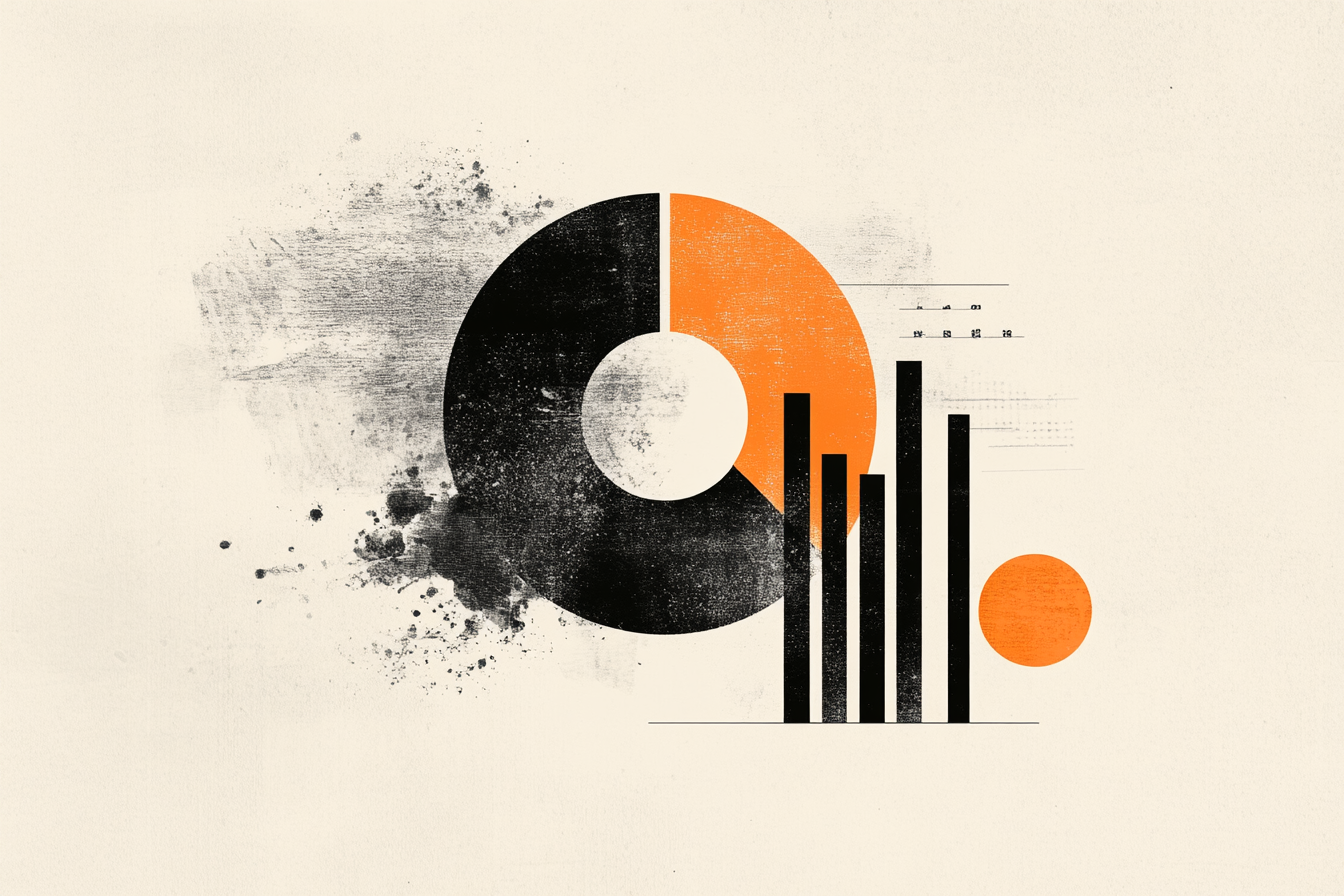USD/JPY rises to fresh weekly high above 154.00 after US inflation data
- USD/JPY extends its daily uptrend, trades above 154.00 in the American session.
- Annual CPI inflation in the US rose to 3% in January.
- The benchmark 10-year US Treasury bond yield is up about 2% on the day.
USD/JPY gathered bullish momentum in the early American session on Wednesday and reached a fresh weekly high near 154.50. At the time of press, the pair was up 1.2% on the day at 154.32.
Hot US inflation data boosts USD
The US Dollar (USD) outperforms its rivals and helps USD/JPY push higher following the January inflation data.
The US Bureau of Labor Statistics reported that the Consumer Price Index (CPI) rose 3% on a yearly basis in January, above the market expectation and December's increase of 2.9%. Additionally, the core CPI, which excludes volatile food and energy prices, increased 0.4% on a monthly basis.
Reflecting the broad-based USD strength, the USD Index is up 0.5% on the day near 108.50. Additionally, the benchmark 10-year US Treasury bond yield rises nearly 2% on the day above 4.6%, further supporting the USD.
Later in the day, the US Treasury will hold a 10-year note auction. Meanwhile, market participants will keep a close eye on headlines surrounding US President Donald Trump tariff policy.
Inflation FAQs
Inflation measures the rise in the price of a representative basket of goods and services. Headline inflation is usually expressed as a percentage change on a month-on-month (MoM) and year-on-year (YoY) basis. Core inflation excludes more volatile elements such as food and fuel which can fluctuate because of geopolitical and seasonal factors. Core inflation is the figure economists focus on and is the level targeted by central banks, which are mandated to keep inflation at a manageable level, usually around 2%.
The Consumer Price Index (CPI) measures the change in prices of a basket of goods and services over a period of time. It is usually expressed as a percentage change on a month-on-month (MoM) and year-on-year (YoY) basis. Core CPI is the figure targeted by central banks as it excludes volatile food and fuel inputs. When Core CPI rises above 2% it usually results in higher interest rates and vice versa when it falls below 2%. Since higher interest rates are positive for a currency, higher inflation usually results in a stronger currency. The opposite is true when inflation falls.
Although it may seem counter-intuitive, high inflation in a country pushes up the value of its currency and vice versa for lower inflation. This is because the central bank will normally raise interest rates to combat the higher inflation, which attract more global capital inflows from investors looking for a lucrative place to park their money.
Formerly, Gold was the asset investors turned to in times of high inflation because it preserved its value, and whilst investors will often still buy Gold for its safe-haven properties in times of extreme market turmoil, this is not the case most of the time. This is because when inflation is high, central banks will put up interest rates to combat it. Higher interest rates are negative for Gold because they increase the opportunity-cost of holding Gold vis-a-vis an interest-bearing asset or placing the money in a cash deposit account. On the flipside, lower inflation tends to be positive for Gold as it brings interest rates down, making the bright metal a more viable investment alternative.
Forex News
Keep up with the financial markets, know what's happening and what is affecting the markets with our latest market updates. Analyze market movers, trends and build your trading strategies accordingly.
